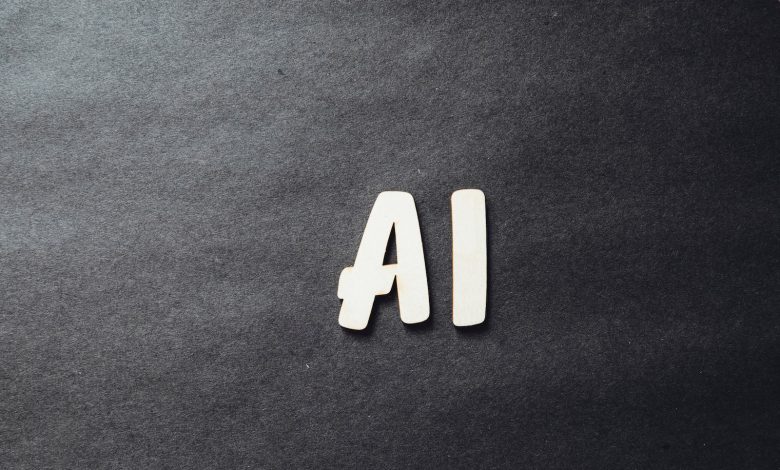
Table of Contents
AI Threat to Employment
With automation quickly becoming a norm in the business world, the threat to employment becomes increasingly more imminent. Automation technologies, including artificial intelligence (AI), are posing significant risks to both white-collar and blue-collar jobs across various industries. These advanced AI tools are equipped with the capability to automate repetitive tasks and data-processing jobs that were traditionally executed by human workers.
Impact on White-Collar and Blue-Collar Jobs
White-collar jobs are typically defined as those that require professional, managerial, or administrative work. However, given the rapid advancement in AI technologies, these jobs are no longer safe from automation. If an individual's role involves repetitive tasks that do not require substantial critical thinking or creativity, AI tools are likely to perform them more efficiently. Similarly, blue-collar jobs, often involving manual labour, are also under threat as AI-powered machines are capable of performing physical tasks quicker and more accurately.
The Potential Extent of Job Losses
Various reports and studies have shed light on the scale of potential job losses from AI automation. It is predicted that nearly 50% of US jobs might be threatened by AI in the future. These figures create understandable concern among workers who are unsure of their career longevity in the face of AI advancements. While automation may lead to the creation of new jobs, it is also crucial to address the potential displacement of employees as a result of AI integration.
Data Collection using Corporate Spyware and its Role in AI Development
The concept of corporate surveillance is not a new phenomenon. However, it has risen to new levels with advancements in artificial intelligence. Extensive corporate surveillance is often used for data collection, and this data is increasingly feeding into the development of AI tools.
Extensive Corporate Surveillance
Companies implement extensive surveillance measures to monitor their employees during work hours. They collect a wealth of data via spyware, recording everything from internet usage to keystroke patterns. This constant monitoring allows corporations to gather vast amounts of data about their workers and their work habits.
Interaction Data with AI Tools for AI Learning
Employees' interaction data with AI tools is another critical aspect of AI learning and development. As workers interact with AI-based tools like ChatGPT, their responses and interactions are used to enhance the tool and make it more intelligent. These developments could potentially lead to the displacement of human roles in the future.
The Potential of Corporate Data in Developing AI Tools
With the hefty amount of data collected from corporate surveillance, there is significant potential for corporations to harness this information for AI development. Companies might use this data to train AI programs, making them more efficient and accurate in performing tasks initially handled by human workers. In the long run, this could lead to AI tools effectively replacing humans in certain roles within the corporate structure. The implications of this are vast, underscoring the need for solutions like retraining programs to support workers who may be replaced by AI.
The Process of AI Replacing Jobs
The continuous advancements in Artificial Intelligence and automation technology have made the idea of AI replacing humans in the workplace a distinct reality. This process involves the usage of employee-generated data to train AI tools, thereby facilitating human-like capabilities in AI. As unique as these technological developments are, they come with their inherent complications for the workforce.
Using Workflow Data to Train AI Tools
The extensive surveillance employed by corporations provides more than just data about employee behaviours and habits. It also offers crucial workflow data that companies use to train AI programs. This data presents a detailed portrayal of the company's operation, allowing AI to efficiently mimic human activity from start to finish.
Utilization of Data Produced by Employees to Train AI
In addition to workflow data, companies also collect and analyse data produced by employees during their direct interactions with AI tools. The exact manner in which a human performs their job duties, decision-making processes, problem-solving strategies, and even potential errors become invaluable data for AI learning. Over time, an AI program learning from such data might be able to do the job that was initially performed by a human.
Acceptance of 'Good Enough' AI Tools Due to Cost Savings
Not all AI tools are perfect, and they often require human involvement, but the potential cost savings linked with AI make them increasingly attractive for corporations. Even if an AI tool is not flawless, it is generally considered 'good enough' if it can perform a job competently while reducing overheads. This 'good enough' approach fosters the acceptance and implementation of AI tools, even at the risk of replacing human workers, as the compelling cost savings outweigh the imperfections.
Societal and Economic Impact of Job Automation
The integration of artificial intelligence and automation technologies in the workforce holds significant societal and economic implications. While such advancements can introduce efficiencies and cost savings for businesses, they can also result in displacement of workers, pressure on wages, and the potential for societal unrest if appropriate support measures are not implemented.
Shift of Employees to Generic, Low-Paying Jobs
One of the inevitable impacts of job automation is the displacement of workers from their current roles. With AI tools performing tasks previously managed by humans, these workers may have to shift towards other jobs, often generic and lower-paying. This transition could perpetuate further socioeconomic disparities and contribute to widening income inequality.
Downward Pressure on Wages Due to Job Automation
Job automation also exerts a downward pressure on wages. As AI and automation tools become more capable of performing tasks previously managed by humans, employers may begin to devalue certain skills and expertise, leading to lower wage offers for roles that still require human involvement.
Need for Social Safety Nets and Retraining Programs
The increasing displacement of workers due to AI advances drives the need for effective social safety nets and retraining programs. Governments, along with businesses, must ensure that support is available for individuals whose jobs are rendered obsolete by AI. This support could range from upskilling and reskilling programs to financial assistance measures.
Potential for Unrest If Adequate Support is Not Provided
If those displaced by automation are not provided with adequate support, there is a potential for societal unrest. Such a scenario could result in increased dissatisfaction and civic unrest, with affected workers demanding better support systems and protections against the disruptive force of AI. As such, anticipatory measures and effective support systems must be put in place to mitigate the resulting socioeconomic impacts of job automation.




